Intramuros, known as the "Walled City," is the oldest district and historic core of Manila. Intramuros tours are a must-try for history buffs because it's packed with trips to many interesting attractions. This iconic Manila landmark is actually a walled area within the modern city. It was the seat of government and political power when the Philippines was still under the Spanish rule. Intramuros is Manila's only district where travellers can see complete architectural remnants of the Spanish Era. A day trip in Intramuros is enough for you to take in the significance of this well-preserved historical attraction.
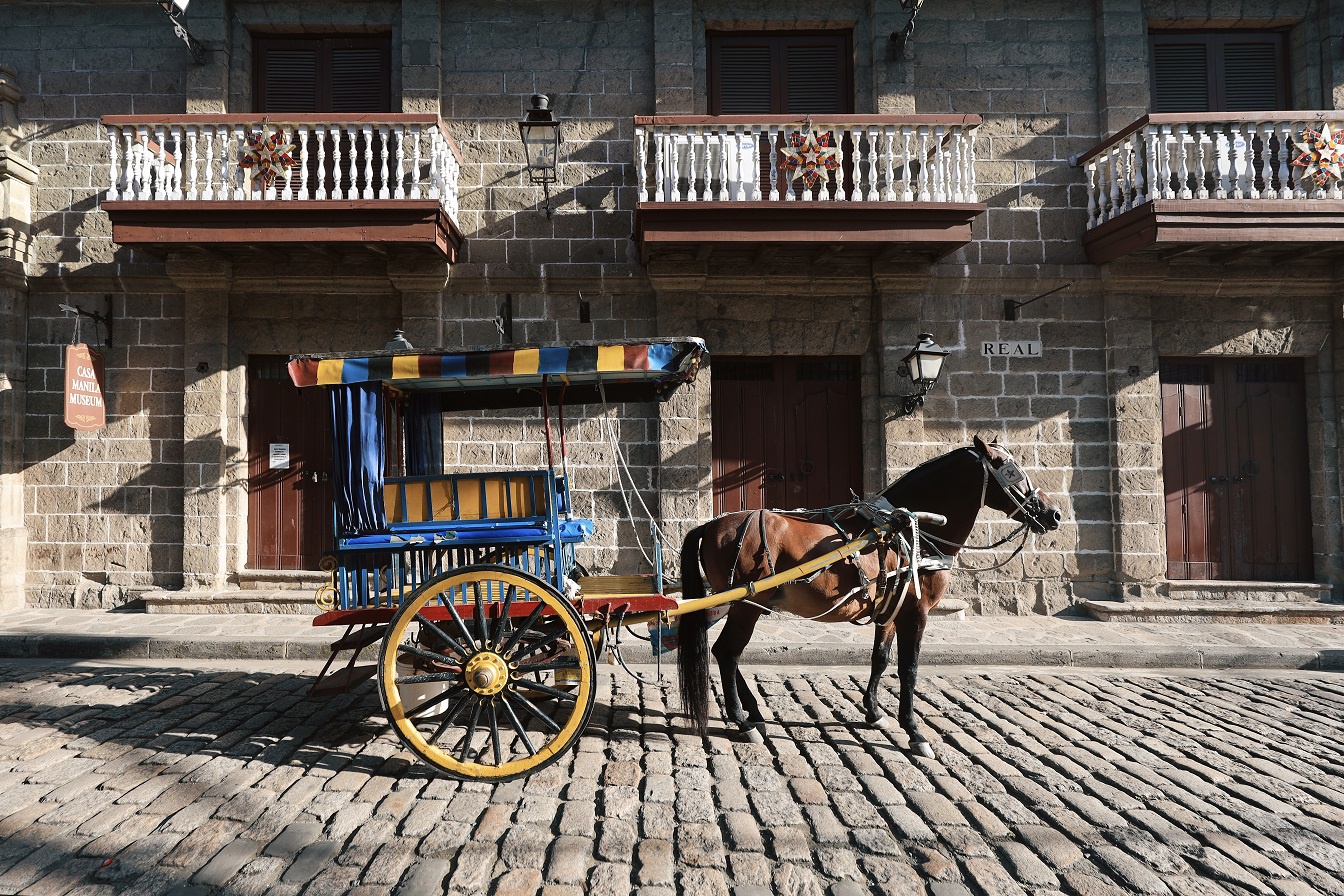
You can feel yourself stepping back in time once you set foot in Intramuros. With its cobble-stoned streets, old churches, and historical relics, Intramuros is always worth a visit to those who are history enthusiasts as well as first-time travellers to Manila. As most of Intramuros’ walls, gates and ramparts are very accessible, it is best experienced on foot as you can walk along the top of the walls for all or part of their approximately 4.5km length thus experiencing sweeping views of the surrounding streets and golf course.
Located in the Central Business District of Makati, this gleaming museum features four floors of superbly curated exhibits on Filipino culture, art and history. Much of the museum's collection was donated by the Ayala family in 1967.
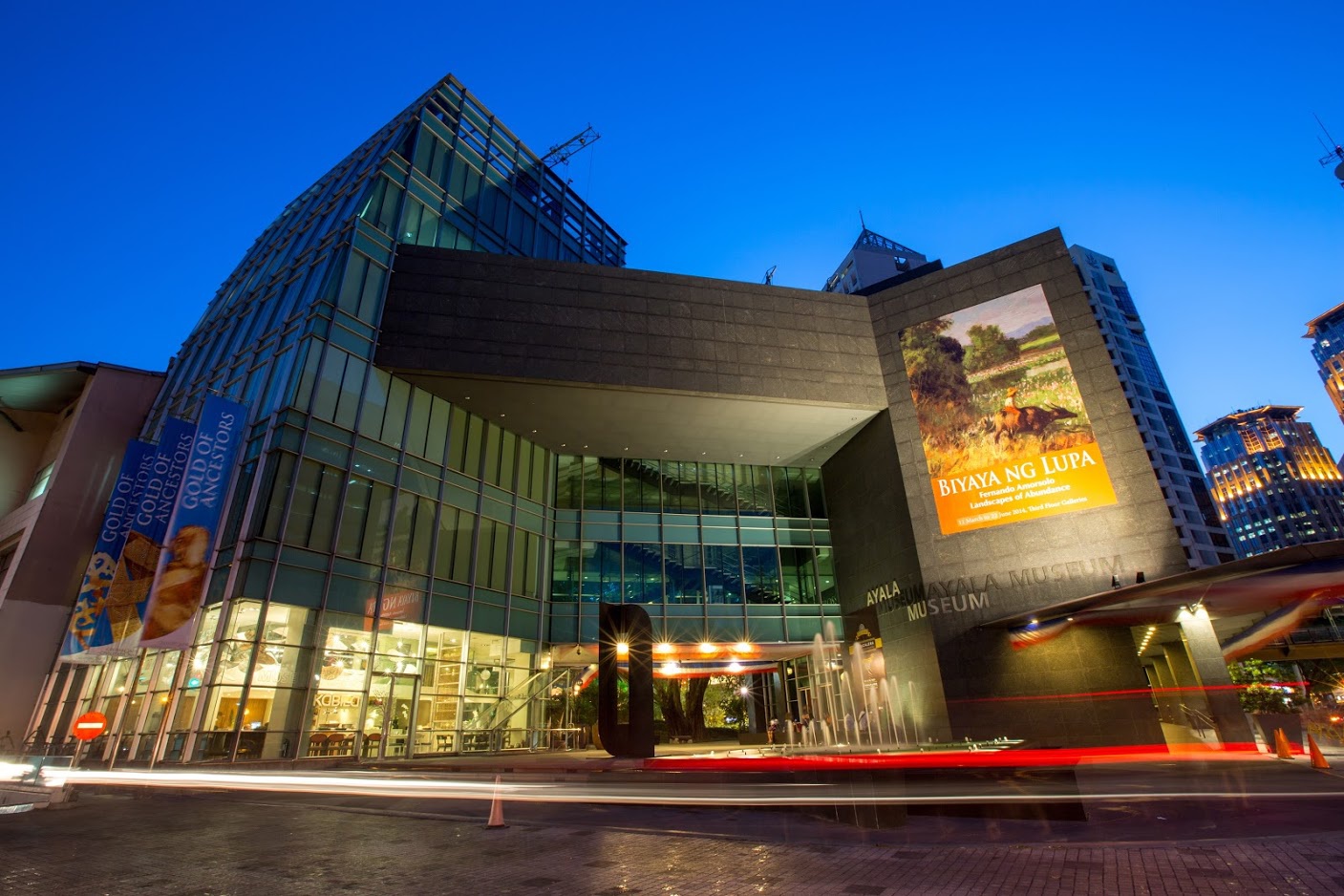
At the heart of the collection located on the second floor, is a brilliant exhibit consisting of 60 dioramas that succinctly trace the nation’s history, from pre-history to independence which kids will also love. Also included are three audiovisual presentations that feature the postwar period, the Marcos years and People Power in 1986. On the third floor, one can find the “Pioneers of Philippine Art” which showcases the museum’s wonderful collections of Juan Luna Realism, Fernando Amorsolo Impressionism and Fernando Zobel’s more abstract work. Make your way up to the fourth floor, to see the magnificent collection of pre-Hispanic goldware and textiles, created by the islands’ indigenous cultures from the tenth and thirteenth centuries. You can also see over a thousand gold objects on display most of which from Butuan in Mindanao, including the “Surigao Treasure”. Moving along, you will find the extraordinary Gold Regalia, which is a huge chain of pure gold weighing 4kg and is said to have been worn by a datu (chief). There is a huge collection of porcelain and ceramics, evidence of the country's pre-Hispanic trade links with Asia, especially the Song dynasty of China.
North from Intramuros lies the district of Binondo. This area is filled with many tiny mom and pop shops, hole-in-the-wall restaurants and cramped residential buildings. Chinatown, which occupies most of Binondo, may be reached by crossing over Jones Bridge from Liwasang Bonifacio, while at the foot of the bridge is a small street, Escolta, formerly Manila’s major commercial street.
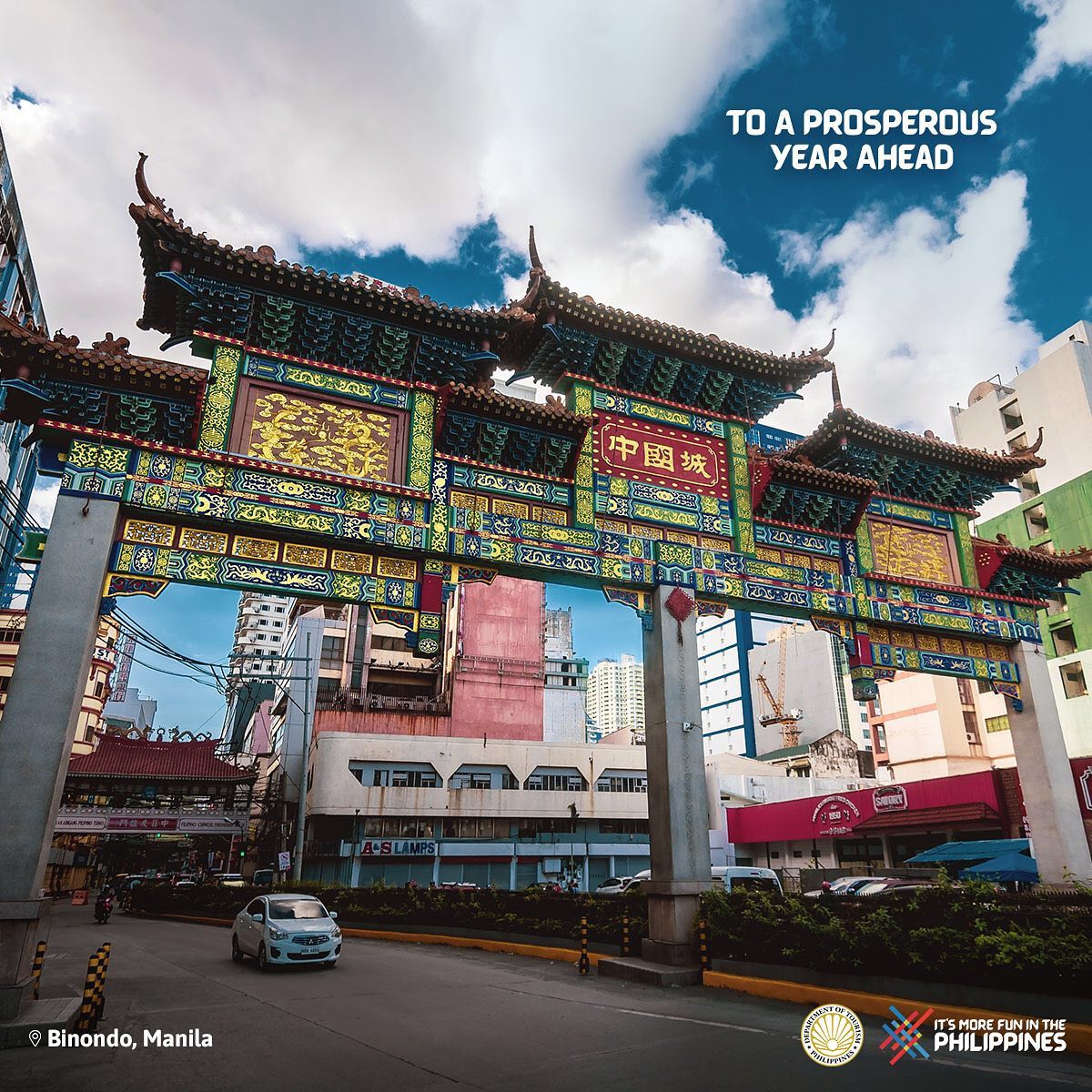
No trip to Binondo is complete without experiencing what local bloggers/influencers call the “Binondo Food Crawl”. From dumplings to spring rolls to noodles, steamed pork buns (siopao), and hopia, your craving for quintessential Chinese-Filipino food will definitely be satisfied by embarking on a food tour around Chinatown.
If you happen to find yourself visiting Cebu in January, you are in luck. January is the month when locals and tourists alike come together to celebrate what is known as the Sinulog Festival.
The Sinulog Festival or Santo Nino Festival is an annual religious and cultural event in Cebu. Usually held in January, Sinulog is thought to be the first of the most well-known festivals in the Philippines. Each year, it attracts between 1 to 2 million visitors from all over the country (and the world).
Besides the religious part of the celebration, Sinulog is also well-known for its mardi gras vibe street parties before the day of celebration and during the day of the festival.
Sinulog is held in celebration of one of the country’s most famous historic relics: the Santo Niño de Cebú, which was the statue of the baby Jesus that was handed to the ruler of Cebu, Rajah Humabon by the Portuguese explorer Ferdinand Magellan in 1521. This was one of the most important events in the religious history of the Philippines as it paved the way to the birth of Christianity in the country.
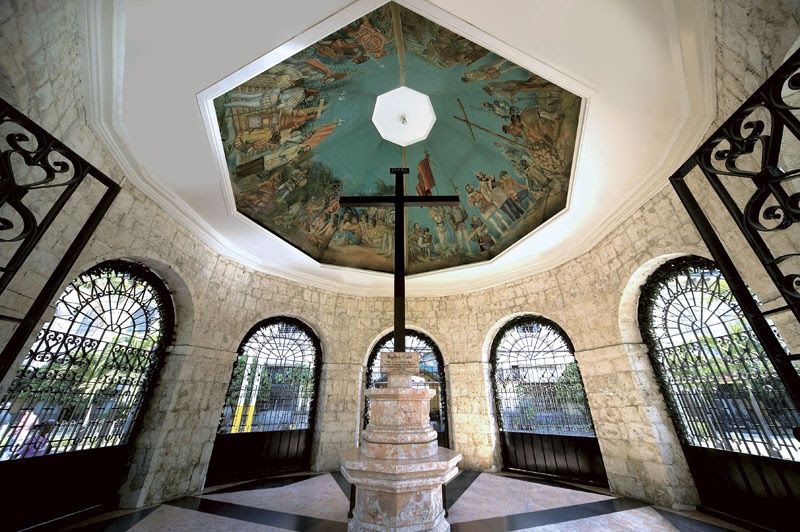
Found in the heart of Cebu City, Magellan's Cross is housed in an inconspicuous stone rotunda along Plaza Sugbo. Magellan's Cross is Cebu City's most spiritual landmark. The Cross signifies the day in 1521 when Portuguese explorer Ferdinand Magellan first set foot in the Philippines and what would start Spain's colonial and religious rule that would last four hundred tumultuous years. The rotunda’s ceiling is lavishly painted with a detailed scene that shows his landing in Cebu in 1521 and his planting of the original cross on the shore. This large wooden crucifix was also said to be used by Magellan to baptise the Cebuana Queen Juana and all her followers and convert them to Christianity. However, the cross that stands here today, is only a replica which is said to contain fragments of the conqueror's original crucifix. Local devotees are often seen visiting the shrine to say a prayer, light candles, or drop coins in the donation box.
If you feel like immersing yourself in Cebu’s rich culture and history, then head on to Museo Sugbo in Cuenca Avenue, Cebu City. Museo Sugbo is the Cebu Provincial Museum located in the former Cebu Provincial Detention and Rehabilitation Centre which ran from 1870 to 2004. Housed in a sturdy coral-stone building, this extraordinary museum comprises several galleries and rooms that are dedicated to eras in Cebu's history.
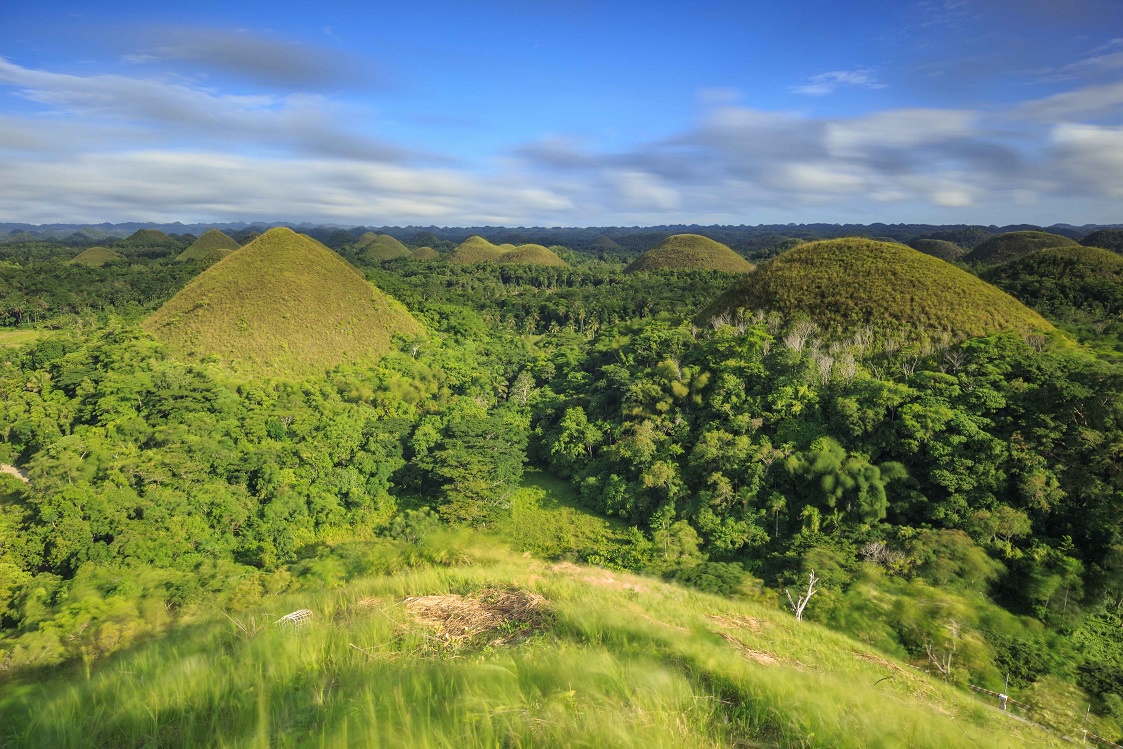
Go on a journey to Carmen, Bohol, some 55 kilometres from the main city of Tagbilaran and be dazzled by one of Bohol's famous attractions - The Chocolate Hills. The Chocolate Hills is a spectacular geological formation of some 1,268 grass-covered hills formed by limestone, shale, and sandstone which turn brown during the dry season, hence the name. Two of the highest hills have been developed, offering a hostel, restaurant, swimming pool, and observation deck. There are buses that can take you there from Tagbilaran which would usually take two-and-a-half hours.
Northeast from Tagbilaran is Corella, home of the Philippine Tarsier Sanctuary where you can trek through a 6-hectare mahogany forest and encounter the Philippine tarsier, one of the smallest primates in the world. For first-timers in Bohol, this is one of the main attractions worth seeing. Apart from the Tarsier Sanctuary, you can also find them in the Tarsier Conservation Area located in Barangay Upper Bonbon, Loboc town.
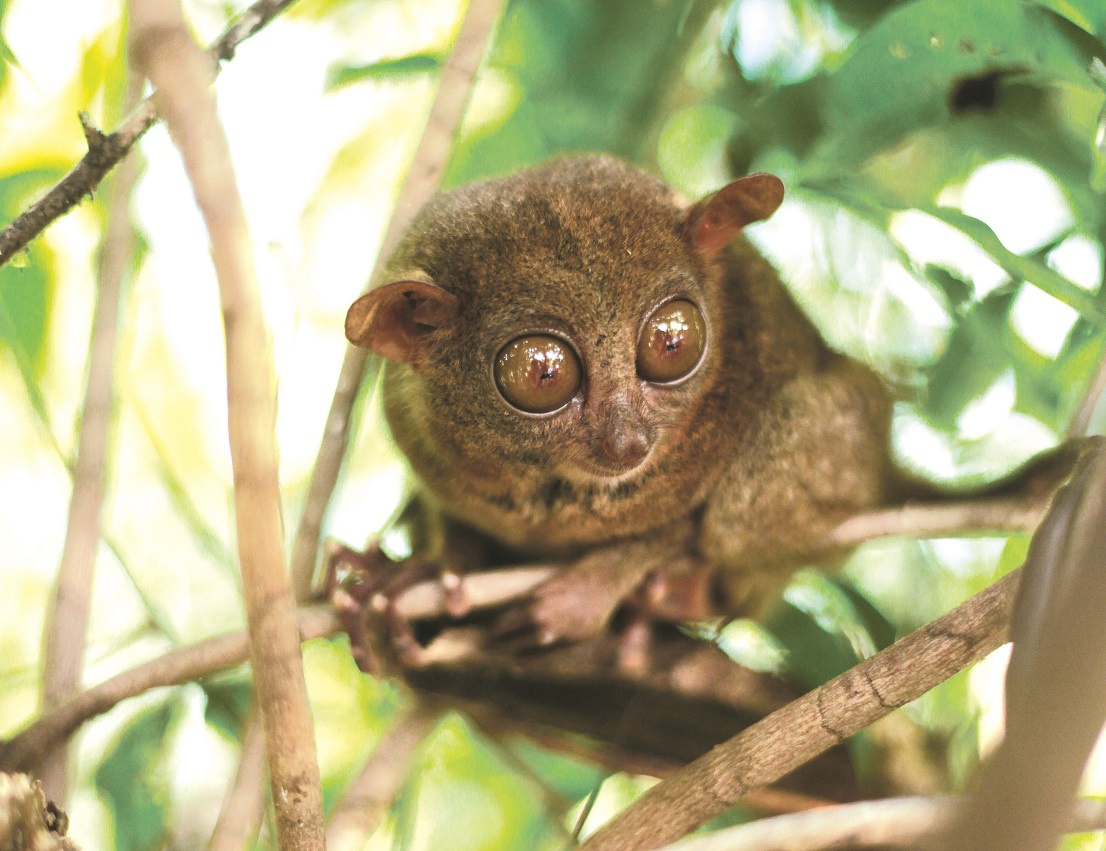
Philippine tarsiers are tiny primates measuring 85 to 160mm, roughly the size of an avocado with big, round eyes. Being tiny in size, they may be difficult to spot. Tarsiers are nocturnal, so during the day, they’re mostly sleeping. However, you can still see them clinging vertically on trees during the day. Visitors are able to come up close and personal but are advised not to touch them as they are very shy and sensitive creatures. Taking photos is allowed but you may have to turn off your flash as they are quite sensitive to loud noises and bright lights.
Another popular landmark worth visiting is the Bohol Blood Compact Site which is located in Barangay Bool, Tagbilaran City, Bohol. This site was built to commemorate the historic agreement between former Boholano ruler Rajah Sikatuna and the Spanish expeditionary leader Miguel Lopez de Legaspi. It was said that in the 16th century, the two leaders both slashed their arms and allowed their blood to mix as a sign of brotherhood and bonding. This Sikatuna-Legaspi blood compact, commonly known as the "Sandugo" is considered as the First Treaty of Friendship based on friendship and equality between two different races, religions, cultures and civilizations.
If you are interested to learn about Palawan’s rich cultural history, then head on to the Palawan Museum which showcases Palawan’s cultural heritage through everyday objects and ritual ornaments and artifacts. Located in the old City Hall building adjacent to Mendoza Park, this newly modernised museum has two floors of exhibits about the ethnological and archaeological significance of Palawan, most with interesting accompanying explanations in English. The museum was created in 1991 with a vision of serving as a centre and repository of relics and artifacts in Palawan.
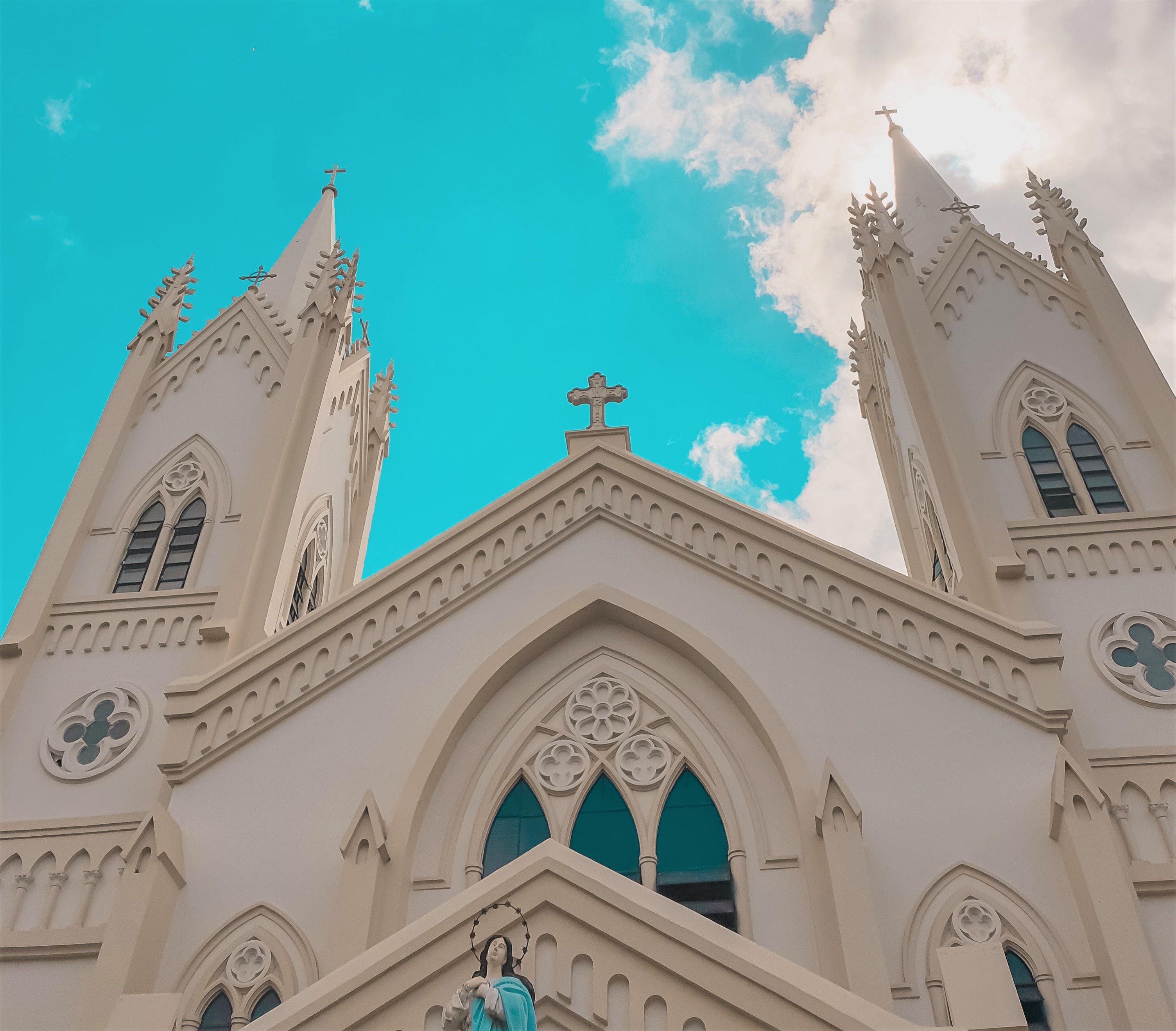
Another interesting place to visit in Palawan is the Immaculate Conception Cathedral. Located in Plaza Cuartel, along Rizal Avenue, the Immaculate Conception Cathedral carries a lot of history. The cathedral is a beautiful Neo-Romanesque structure with twin towers. Six days after the first Spanish expedition arrived in Palawan in 1521, Rev. Fr. Exequiel Moreno celebrated the first mass in the same site where the Church now stands. It is interesting to note that the angular structure is quite different from the conventional religious architecture of most churches in the country.
Behind the Immaculate Conception Cathedral is Plaza Cuartel. The plaza's significance traces back to World War II at the time when the Japanese temporarily occupied the Philippines or known in Philippine history as the Japanese Occupation. The shrine is a memorial dedicated to pay tribute to the 143 American soldiers captured and then burnt alive near the city by the retreating Japanese Imperial Army in 1994 known as the “Palawan Massacre”.
The Motag Living Museum lets visitors in on the great cultural heritage of Boracay through interactive expositions. The exhibits showcase traditional farming and craft weaving and native cooking methods. You will also be introduced to Malayanon folk songs. Here you will experience the rich history and ancestry of the islands as well as its inhabitants way of life. The Motag Living Museum is located in Caticlan, at the northern tip of Panay Island.
Mount Luho boasts an altitude of 112 metres, making it the highest point on Boracay Island. The 2 view decks at the top of Mount Luho can easily be reached via cement staircases. Along the way to the summit, you may spot birds, monkeys and a Filipino version of the Tasmanian Devil. The panoramic view from the decks encompasses the beaches of Bulabog, Ilig-Iligan, and Lapuz-Lapuz. Mount Luho is north of Bulabog Beach, on the eastern coast of Boracay.
If you are feeling a little spiritual while on your holiday in Boracay or just want some peace and quiet, head on to the Our Lady of the Most Holy Rosary Catholic Church. The church is located along Station 1's Balabag Plaza, very near White Beach. This tiny, quaint, and well-maintained church operates under the Diocese of Kalibo. You can come by anytime as it is open every day. The church's peaceful atmosphere makes it one of the island's most relaxing places to visit.